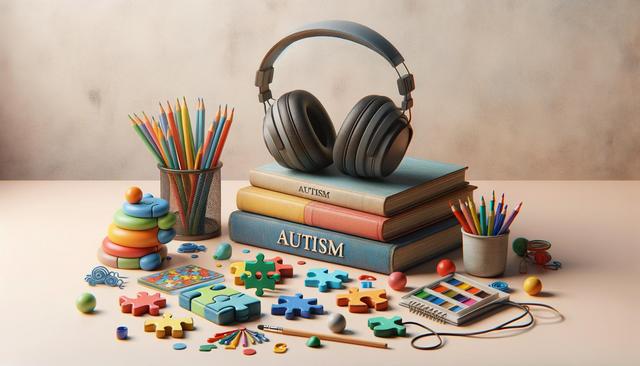Understanding Autism Spectrum Disorder (ASD)
When a young child receives a diagnosis of Autism Spectrum Disorder (ASD), it often marks the beginning of a journey filled with questions, learning, and adaptation for both the child and their family. Understanding Autism Spectrum Disorder (ASD) is essential for developing effective support strategies. ASD is a neurological and developmental condition that affects how individuals perceive the world and interact with others. Symptoms can vary widely and may include challenges with communication, restricted interests, and repetitive behaviors. Early identification and intervention are crucial in helping children develop important skills and minimize potential difficulties related to social interaction, language, and behavior. Recognizing that every child with ASD is unique helps in customizing the right approach to therapy and support.
Different Types of Therapy for Individuals with Autism
Autism therapy in the US is diverse, reflecting the varied needs of individuals on the spectrum. Different Types of Therapy for Individuals with Autism are designed to address specific challenges and build on the child’s strengths. Some commonly used therapies include:
- Applied Behavior Analysis (ABA): Focuses on improving specific behaviors through positive reinforcement.
- Speech Therapy: Helps enhance communication skills, both verbal and non-verbal.
- Occupational Therapy: Aims to improve daily living skills and sensory integration.
- Social Skills Training: Teaches children how to interact appropriately with peers and adults.
Choosing the right combination of therapies often requires collaboration between healthcare providers, therapists, and families to create an individualized plan that supports the child’s overall development and personal goals.
The Vital Role of Parents and Caregivers in Progress
Parents and caregivers play an indispensable role in the success of therapy for a child diagnosed with ASD. The Vital Role of Parents and Caregivers in Progress cannot be overstated, as their involvement often determines the effectiveness of therapeutic interventions. Families serve as advocates, educators, and emotional support systems for their children. Key ways parents and caregivers contribute include:
- Participating actively in therapy sessions to learn techniques they can apply at home.
- Providing consistent routines and reinforcement of skills learned during therapy.
- Monitoring progress and communicating observations with therapists and educators.
- Advocating for appropriate educational and community resources.
Ongoing education and support for families also enhance their ability to assist their child effectively, creating a nurturing environment that fosters growth and development both at home and in the community.
Key Challenges and Considerations in Autism Therapy
Despite the availability of numerous therapeutic options, there are Key Challenges and Considerations in Autism Therapy that families and professionals often face. One significant challenge is ensuring access to high-quality, affordable services, particularly in under-resourced areas. Additionally, therapy plans must be adaptable to the evolving needs of the child, which requires regular assessment and modifications. Some common considerations include:
- Addressing co-occurring conditions such as anxiety, ADHD, or sensory processing issues.
- Balancing therapy schedules with the child’s need for free play and rest.
- Ensuring cultural and linguistic sensitivity in therapy approaches.
- Maintaining realistic expectations and celebrating incremental progress.
Understanding the complexity of each child’s experience with ASD helps families and professionals create more empathetic, effective, and sustainable support systems over time.
Innovations and the Future of Autism Support Services
The landscape of autism therapy is continually evolving, with Innovations and the Future of Autism Support Services offering new hope and possibilities. Advances in technology, such as virtual reality for social skills training and apps designed for communication development, are expanding the tools available to therapists and families. Additionally, research into personalized medicine and neurodiversity is influencing more customized and respectful approaches to therapy. Emerging trends include:
- Telehealth services that increase access to therapy for families in remote areas.
- Community-based programs that promote inclusion and peer engagement.
- Greater emphasis on self-advocacy and the voices of individuals with autism in shaping services.
- Interdisciplinary collaboration among healthcare providers, educators, and families.
As awareness and understanding of ASD continue to grow, future support services are likely to become even more individualized, empowering children and their families to achieve meaningful progress and a higher quality of life.
Conclusion
Supporting a young child diagnosed with autism requires a thoughtful, informed, and compassionate approach. With a strong understanding of Autism Spectrum Disorder, access to different types of therapy, and active involvement from parents and caregivers, children can make significant strides in their development. Recognizing the key challenges and embracing innovations in autism support services ensures that families are better equipped to navigate their journey with resilience and hope. By working together, communities can continue to transform lives through personalized, effective, and inclusive autism therapy in the US.



Leave a Reply